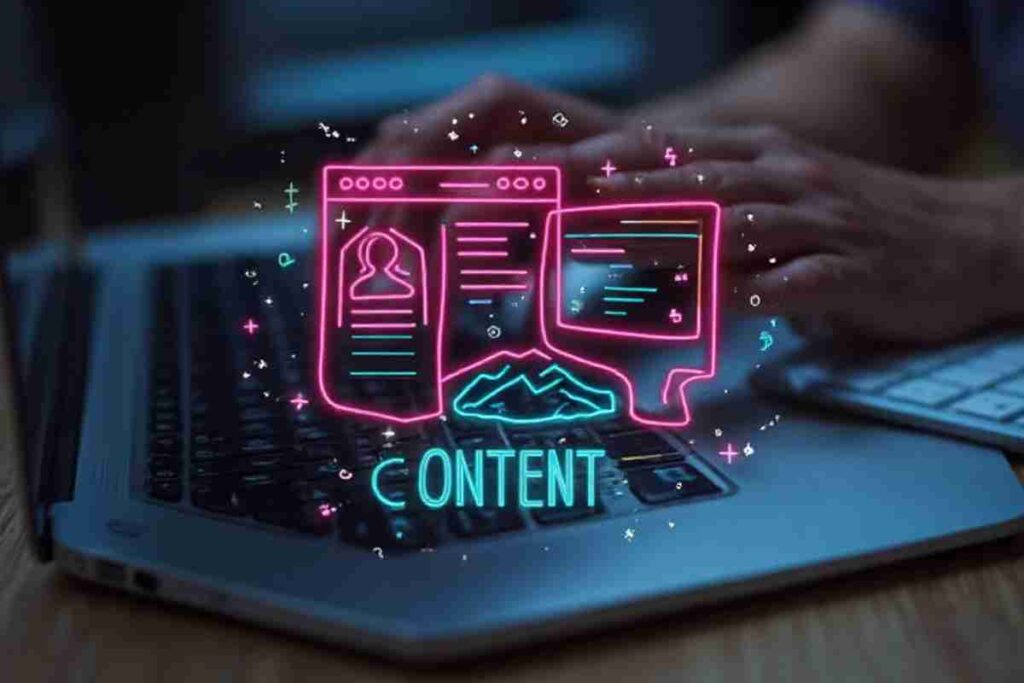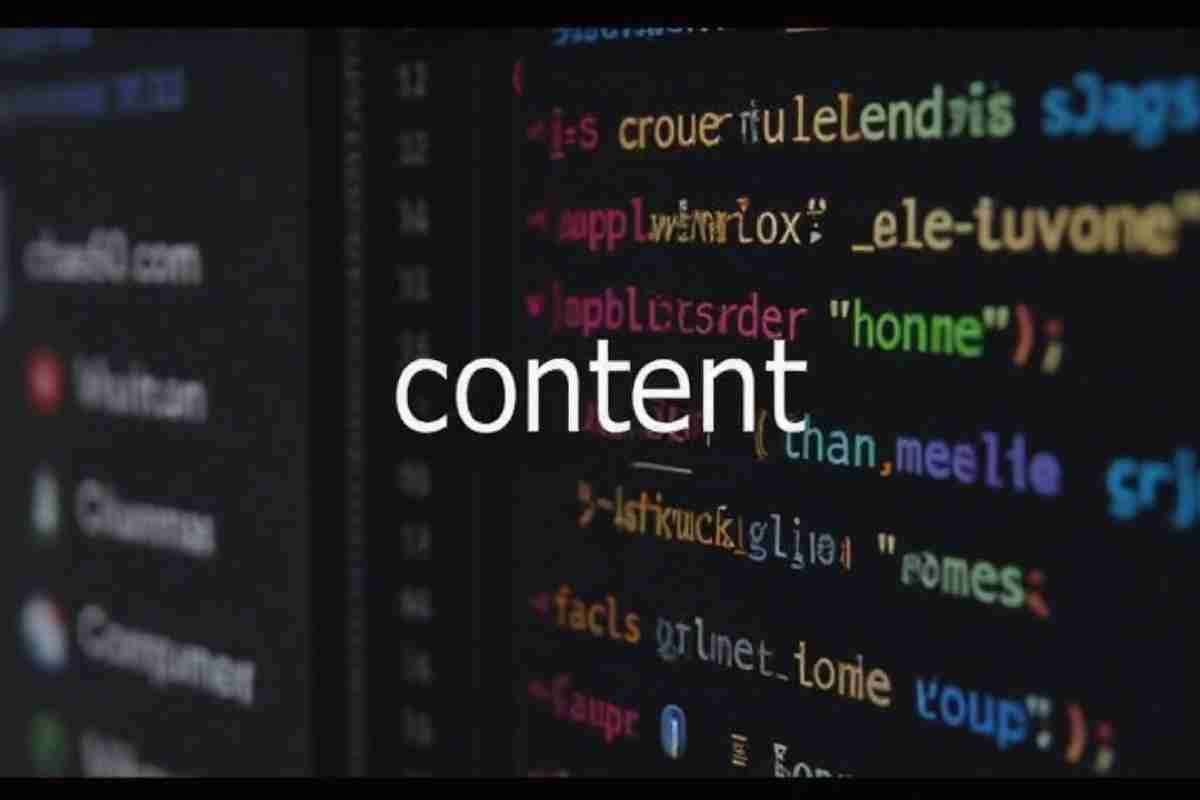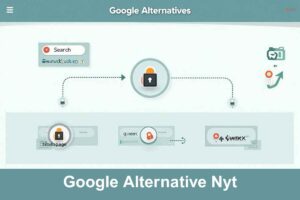Ever come across the phrase content cz mobilesoft appblock fileprovider cache blank html on your Android device or while exploring app behavior?
It may look cryptic but it plays a key role in how apps like AppBlock efficiently handle file access security and performance.
This article breaks it down simply explaining what it is why it matters and how it impacts your device or app development.
Table of Contents
ToggleWhat Is content cz mobilesoft appblock fileprovider cache blank html?

The string content cz mobilesoft appblock fileprovider cache blank html is a type of Content URI Android’s secure method for apps to access internal files without revealing their actual file paths.
In this case content:// signifies the content scheme while cz.mobilesoft.appblock identifies the AppBlock app developed by CZ Mobilesoft.
The term fileprovider refers to a specialized Android component that shares files between apps safely. The final part cache/blank.html points to a temporary HTML file stored in the app’s cache most likely used to display a blank screen instead of a blocked website.
When combined the URI structure content cz mobilesoft appblock fileprovider cache blank html enables AppBlock to silently redirect or block distracting content helping users maintain focus.
The Role of FileProvider in Android App Development
What Is FileProvider?
FileProvider is part of Android’s content provider system. Instead of sharing raw file paths which can be risky apps use FileProvider to:
- Grant temporary file access
- Securely share files with other apps
- Avoid exposing file system structure
The path content cz mobilesoft appblock fileprovider cache blank html is crucial for app security especially when handling file sharing media uploads or temporary content like blank.html
Why AppBlock Uses FileProvider
AppBlock uses FileProvider to deliver a locally stored blank HTML file when blocking web content, ensuring smooth performance and a distraction free user experience.
Instead of redirecting users to broken links or error messages the app uses the path content cz mobilesoft appblock fileprovider cache blank html to load a clean empty page ensuring a seamless experience.
This approach avoids unnecessary network usage and maintains a minimal distraction free interface. It’s an efficient way to block content without interrupting the user’s workflow or cluttering the screen.
Understanding Cache in Android: A Key to Performance Optimization

What Is Cached Data?
Cache is temporary storage apps use to quickly retrieve files or data like those referenced in content cz mobilesoft appblock fileprovider cache blank html without reloading them from scratch. Cached files improve speed reduce network latency and minimize resource usage.
AppBlock uses caching to:
- Store the blank.html file for instant reuse
- Avoid frequent downloads
- Enhance app performance, especially during active blocking sessions
Types of Cached Data in Android
- System Cache: Boosts OS level performance
- App Cache: Stores app specific content
- Web Cache: Keeps HTML images and scripts for fast browsing
- DNS Cache: Speeds up domain lookups
In AppBlock’s case cache/blank.html likely falls under App Cache or WebView Cache depending on how it’s served.
How blank.html Supports AppBlock’s Functionality
Blocking Distractions with Simplicity
When you try to open a blocked website AppBlock redirects the URL to blank.html. This:
- Eliminates temptations
- Keeps the UI responsive
- Avoids errors or broken pages
- Offers a smooth user experience even when content is blocked
This smart use of application logic UI design and cache synchronization makes AppBlock effective at its job without harming system resources.
Benefits of Using FileProvider and Cache Together
| Feature | Benefit |
| Secure File Sharing | Prevents unauthorized access |
| Cache Efficiency | Reduces redundant data downloads |
| Optimized App Lifecycle | Keeps performance smooth during sessions |
| Minimal Resource Usage | Improves system architecture health |
| Offline Access | Ensures fallback content is always available |
Best Practices for Android Developers

Tips for Managing FileProvider
- Define your <provider> in the AndroidManifest.xml
- Use FileProvider.getUriForFile() securely
- Set appropriate <paths> XML rules
Caching Best Practices
- Don’t over-cache: clear periodically
- Use unique names like blank.html to avoid clashes
- Avoid storing sensitive data in the cache
- Monitor performance metrics using mobile analytics tools
Conclusion
By leveraging FileProvider and intelligent caching strategies apps like AppBlock demonstrate how Android development can prioritize both user privacy and performance.
Instead of exposing raw file paths or causing jarring errors when blocking content AppBlock delivers a seamless distraction free experience using secure content URIs like content cz mobilesoft appblock fileprovider cache blank html and temporary files such as blank.html.
This approach not only enhances app efficiency but also showcases thoughtful UI design and system friendly practices.
In short it’s a powerful example of how smart architecture can elevate user experience without compromising security or speed.
FAQs
What is the content:// URI used for in Android?
It’s a secure way for apps to access files without exposing full file paths.
Who is cz.mobilesoft.appblock?
It’s the developer of AppBlock a productivity app that blocks distracting content.
What does the fileprovider do?
It safely shares files between apps preventing direct file path access.
Why is blank.html used in AppBlock?
It shows a clean, empty page instead of blocked or broken web content.
How does caching improve AppBlock’s performance?
Cached blank.html loads instantly, saving bandwidth and boosting speed.
Can other apps access AppBlock’s cached files?
Only with proper permission via FileProvider; it’s tightly controlled.
What kind of cache is used for blank.html?
It likely uses App Cache or WebView Cache for quick reuse.
Is it safe to store files like blank.html in cache?
Yes for temporary non sensitive files like blank.html it’s efficient and secure.








